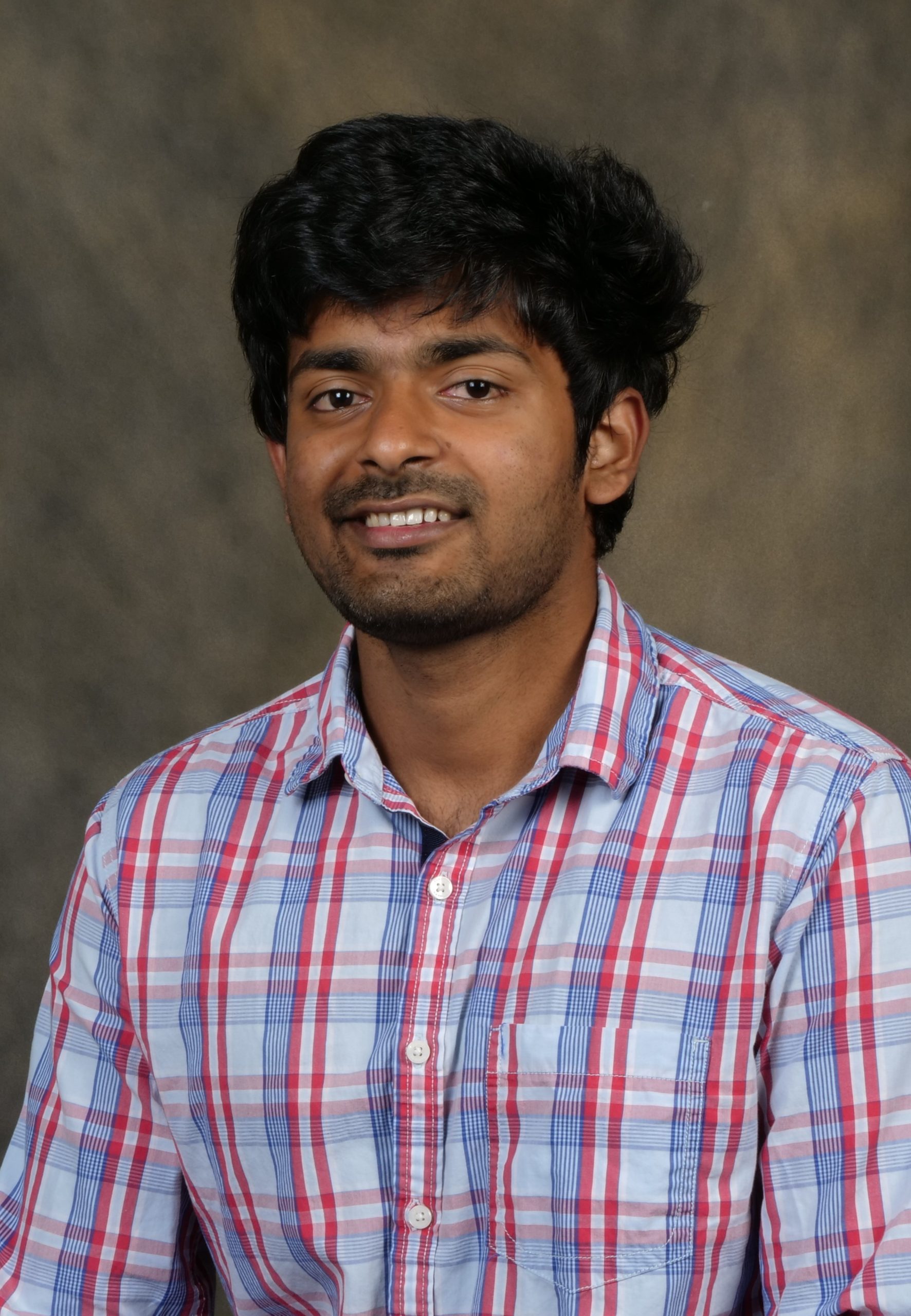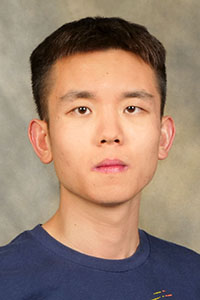
Dual-Comb Molecular Spectroscopy from Mid-IR to TH
I present our recent results on the producing of ultra-broadband frequency combs in the mid-IR – THz range and their applications in dual-comb spectroscopy (DCS) with electro-optic sampling (EOS) that feature: sub-Doppler resolution, sensitivity down to part-per-billion level, and up to video-rate acquisition speed.
Brief bio: I am a graduate student in the research group of Dr. Konstantin Vodopyanov at CREOL, UCF. I moved to the US in 2017 from Saint Petersburg, Russia. I received a B.S. in 2015 and M.S. in 2017 in the Saint Petersburg Electrotechnical University. During my graduate school I was working part-time as an ophthalmic technician in a LASIK clinic where I was assisting surgeon on eye operations, and maintaining medical laser equipment. As an undergraduate student in summer 2012, I worked in the US as a lifeguard under the “Work and Travel” program. I graduated from a high school in 2011 as well as an art school that I had been visiting for 7 years and a swimming school that I had been visiting for 11 years.
Runners-up

High-performance integrated photonics in thin-film lithium niobate
Lithium niobate (LN) is widely used in integrated photonics for electro-optic (EO) and nonlinear optical applications because of its notable optical and physical properties. LN has a large optical transition window from the ultraviolet to the infrared range, a large EO coefficient, as well as strong second-order optical nonlinearity. LN is now experiencing a revolution in the form of thin-film LN (TFLN) integrated photonics due to the successful manufacturing of TFLN wafers and breakthroughs in nanofabrication techniques. These developments have accelerated the creation of high-performance integrated photonic components. Here, we’ll show the feasibility of ultra-high-speed TFLN modulators through non-symmetric positioning of waveguides with respect to electrodes. This novel design results in a modulator with an extrapolated 3 dB bandwidth of 170 GHz. In addition, we’ll show the design and experimental results of high-performing microwave-to-optical convertors (MOCs) on the TFLN platform. The idea is to integrate microwave antennas and TFLN optical waveguides seamlessly to couple the vastly apart electromagnetic wavelengths. Demonstrated MOCs are employed in photonics down-conversion systems for sensing and signal processing applications.Farzaneh Arab Juneghani is currently a PhD candidate in Prof. Sasan Fathpour’s Integrated Photonic Emerging Solutions group. She received BSc and MSc degrees in electrical engineering from the Isfahan University of Technology, Iran, in 2015 and 2017, respectively. She then received her second MSc degree in Optics and Photonics from CREOL in 2021. Her research has focused on high-performance integrated photonics in thin-film lithium niobate. Her work relies on collaborations with companies, and universities which include Nokia Bell Labs, Nucrypt LLC, Georgia Institute of Technology, and Vanderbilt University. Scientific achievements in her research include the publication of 17 journal and conference articles with over 120 citations. Farzaneh has been a student member of OSA, SPIE, and IEEE since 2020, and she received the UCF Doctoral Research Support Award in Fall 2022.

Low-noise chip scale frequency comb lasers through optical injection locking
Optical frequency combs are found across a vast range of applications from high-speed interconnects, spectroscopy, to low-noise microwave signal generation. In recent times, there has been an exceeding necessity for compact comb sources that are extremely energy efficient, robust, alignment free and are ultra-compact. Integrated Semiconductor lasers offers these benefits making them a viable pathway for bringing frequency combs to CubeSats, UAV’s and satellites. Low-noise performance from these integrated comb lasers remain a challenge due to design and material limitations. In this talk, we discuss the development of external injection locking architecture which utilizes filtered multi-tone self-injection locking to improve the performance of existing chip scale lasers based on InP platform. We show 100000x improvement in timing stability, 100x optical linewidth reduction and significant phase noise improvement in the generated microwave signal. These improvements demonstrate a path forward towards low noise integrated comb sources.
Srinivas is currently a PhD student in Dr. Delfyett’s Ultra-fast photonics group. He received his B. Tech degree from K L University, INDIA in 2018 and M.Sc. degree in Electrical Engineering from UCF in 2020. His research interest includes development of low-noise frequency comb sources, microwave photonics and semiconductor laser systems. Srinivas has authored and co-authored 7 journal articles and 11 conference proceedings.

Compact foveated AR displays with polarization selective planar lenses
The rapid development of powerful microprocessors, high-pixel density display panels, thin and small formfactor optics, and precise device fabrication capabilities enable wearable near-eye displays for augmented reality (AR) and virtual reality (VR) applications. However, in traditional near-eye displays, there is often a tradeoff between field of view (FoV) and angular resolution when a single microdisplay light engine is employed. A high-resolution display panel helps overcome this conflict, but the device fabrication remains a challenge, not to mention the issues like huge data transfer, circuit overheating, and high computational load. Here, we propose a Maxwellian-type foveated AR display based on a single microdisplay light engine by using a temporal polarization multiplexing method, enabled by two polarization selective flat cholesteric liquid crystal lenses. One polarization lens provides a large FoV while the other realizes a high angular resolution imaging in a small fovea region. Moreover, the vergence-accommodation conflict issue is inherently non-existent in the Maxwellian display and the aberration can be eliminated for each view by matching the recording and reconstructing signals. In experiment, we constructed a display breadboard and demonstrated the angular resolution of the foveal view is enhanced by 3.12x while maintaining a compact formfactor. This work paves the way for implementing high-performance foveated AR displays while keeping a compact formfactor.
Qian Yang received his BS degree in Physics from Nanjing University in 2017 and MS degree in Physics from University of Rochester in 2019. He is currently working toward a PhD degree from the College of Optics and Photonics, University of Central Florida. His current research interests include liquid crystal spatial light modulators for LiDAR applications, planar optics for AR/VR displays, and miniLED and micro-LED displays.